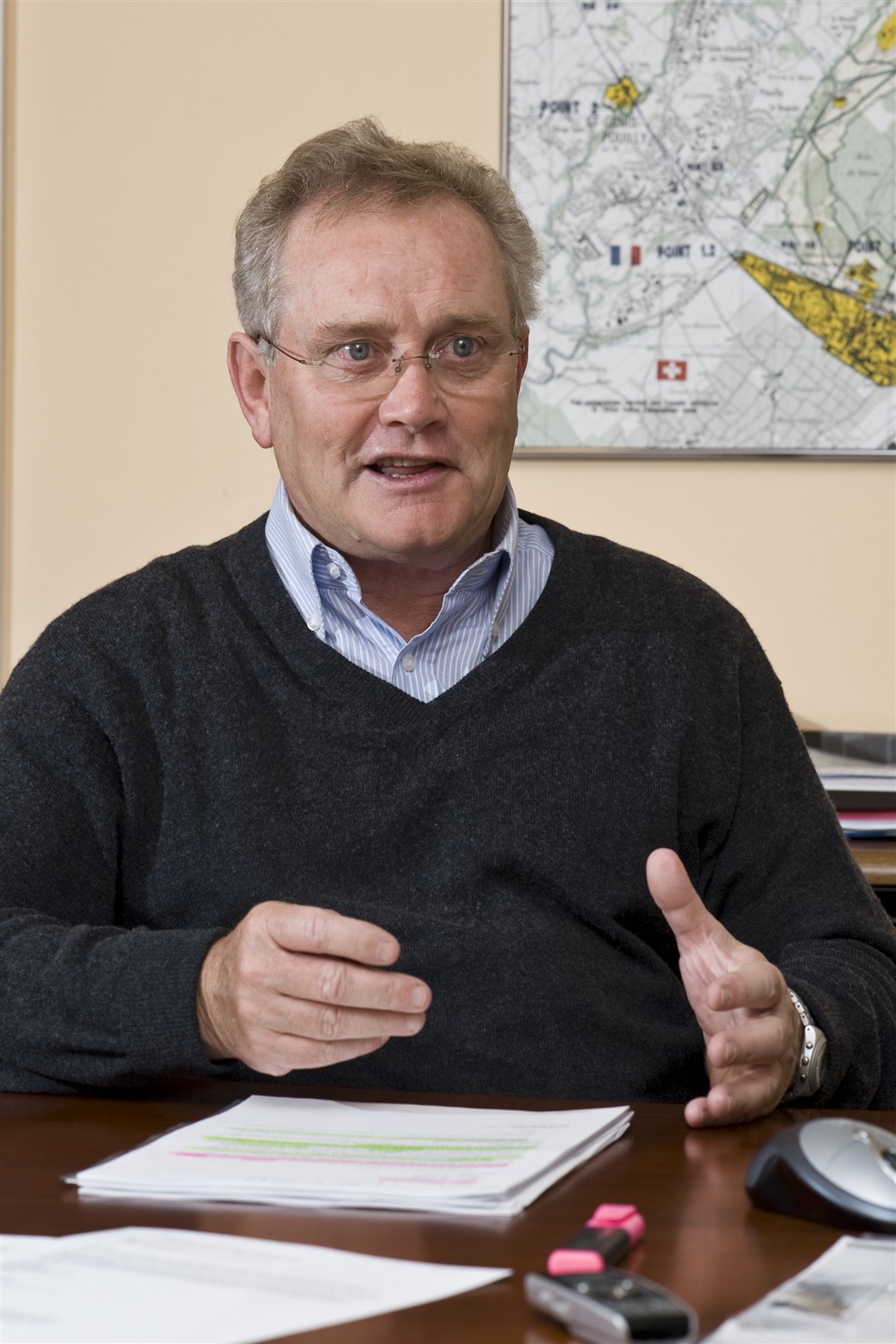Stephen Myers - More collaboration for accelerators
Stephen Myers has been appointed Director of Accelerators and Technology. His highest priority is to get the LHC running this year, but beyond that he also has the difficult task of balancing resources between non-LHC physics, new projects and consolidation of the existing accelerators.

Stephen Myers, previous head of the Accelerator and Beams (AB) Department, will now oversee all the accelerator and technology activities at CERN, including the Beams, Technology and Engineering departments, in the re-established position of Director of Accelerators and Technology.
"There are several good reasons to have a single person responsible for the CERN accelerators and technology," said Myers. "Most importantly, this will allow closer collaboration between the three departments and provide the structure for possible redeployment of resources. There will, of course, be regular meetings between the heads of department and myself, and if problems arise we can try to solve them as a team," he explained. The current CERN management aims to increase consultation and transparency between all departments.
As Director of Accelerators and Technology, Myers will be responsible for both current and future projects and for the efficient exploitation of the existing accelerator facilities. "By far the highest priority is of course to produce collisions and physics in the LHC this year," he explained. Myers is confident that the new protection systems being developed will eliminate any risk of a similar incident like the one that occurred in Sector 3-4 last September.
"In addition to this top priority we must guarantee the non-LHC physics programme, such as CNGS, Rex-Isolde and AD, which are all high level commitments. And for the future we are working on the luminosity upgrade of the LHC, the sLHC, with construction of new insertion quadrupoles and Linac 4. Studies are also under way to design replacements for the old PS machine and the booster with a higher energy synchrotron (PS2) and a super-conducting proton linac (SPL)."
With construction already going ahead on the first stage of the new injector chain, Linac 4, Myers has the task of balancing resources between these new projects, whilst maintaining and repairing the old injector chain. This is no mean feat when you consider the age of the injectors: the PS will be 50 years old this year, and the SPS and Linac 2 are both more than 30!
"We must allocate sufficient resources to consolidation of the complex in order to reduce the risk of failure of critical components, but we must also take measures to minimise the repair time in case of component failure," said Myers. "We have been doing detailed risk analyses of all the accelerators at CERN for more than three years now, and two important factors are taken into consideration: the probability of a component failure, and the impact of this failure on the duration of the stoppage of the accelerators." The key to this maintenance is to identify the parts that need the most attention without wasting resources. For example, until the start-up of Linac 4 in 2013, it is essential the Linac 2 continues to operate with high reliability. In this particular case it would be uneconomical to produce the totality of component spares, so they produced a minimum of spare parts and identified procedures to significantly reduce the repair time.
Another important task for Myers is to continue development of future accelerators. One of the aims of the new Management is to increase the diversity of non-LHC physics. "To do this, we will rely on international collaborations with other laboratories on other continents, such as America and Asia," explained Myers.
The first major step towards global accelerator collaboration was taken during the construction of the LHC, but there is scope for much more. This might be achieved by following the example of the detector collaborations. "In the past we have built the accelerators at CERN almost alone, but the detectors have been collaborating internationally since the days of LEP, and I think we can learn from this," said Myers. For the world’s most likely next big accelerator project, a linear collider, to come to fruition, global collaboration will be essential. In fact, the two ‘rival’ concepts, CLIC being developed at CERN and the ILC, are already working closely together and the Director-General will be meeting other lab directors to develop a framework from which future accelerator collaborations could be created.
Stephen Myers’ CV in brief
With 37 years of experience at CERN, and having worked on the ISR collider, LEP, SPS and the LHC, Stephen Myers is certainly no stranger to CERN’s accelerators.
He started at CERN in 1972 as Engineer-in-Charge on the operation of the Intersecting Storage Rings Collider (ISR) where he worked for 7 years. From 1979 onwards he spent much of his career working on LEP. He spent 10 years participating in the design of LEP, then went on to take responsibility for the commissioning. He became Deputy Leader of the SPS-LEP (SL) Division in charge of preparing the LEP Collider for physics in the 1990s. He was Project Leader of the LEP upgrade (LEP2) from 1996 until 2000. In 2000 Myers became Leader of the SPS-LHC (SL) Division, before becoming Head of the Accelerator and Beams (AB) Department in 2003.

